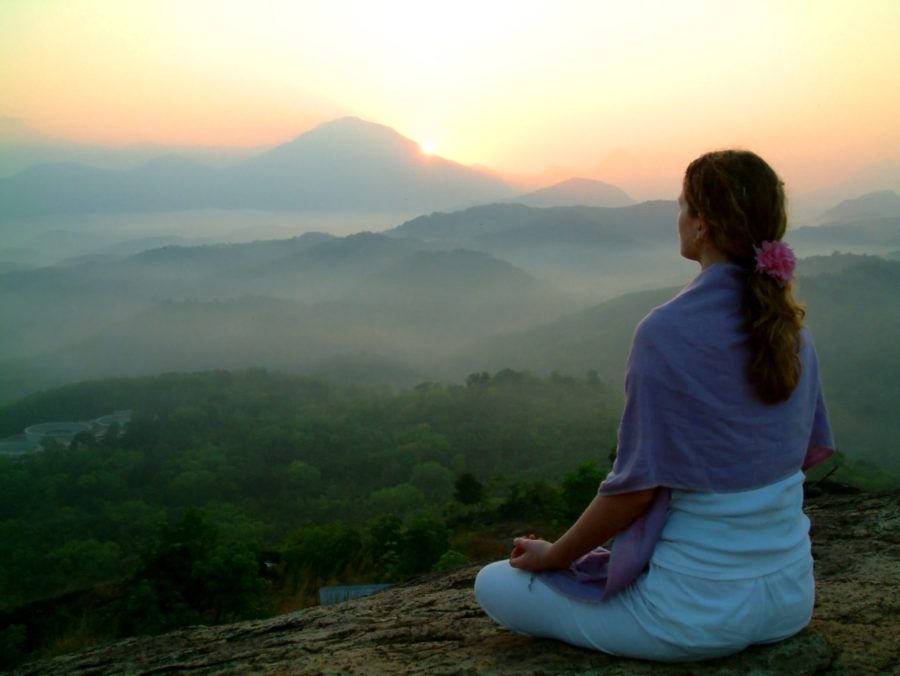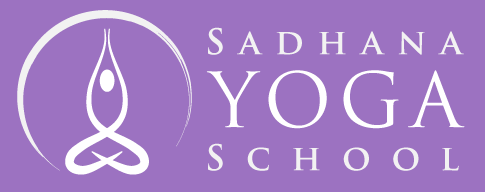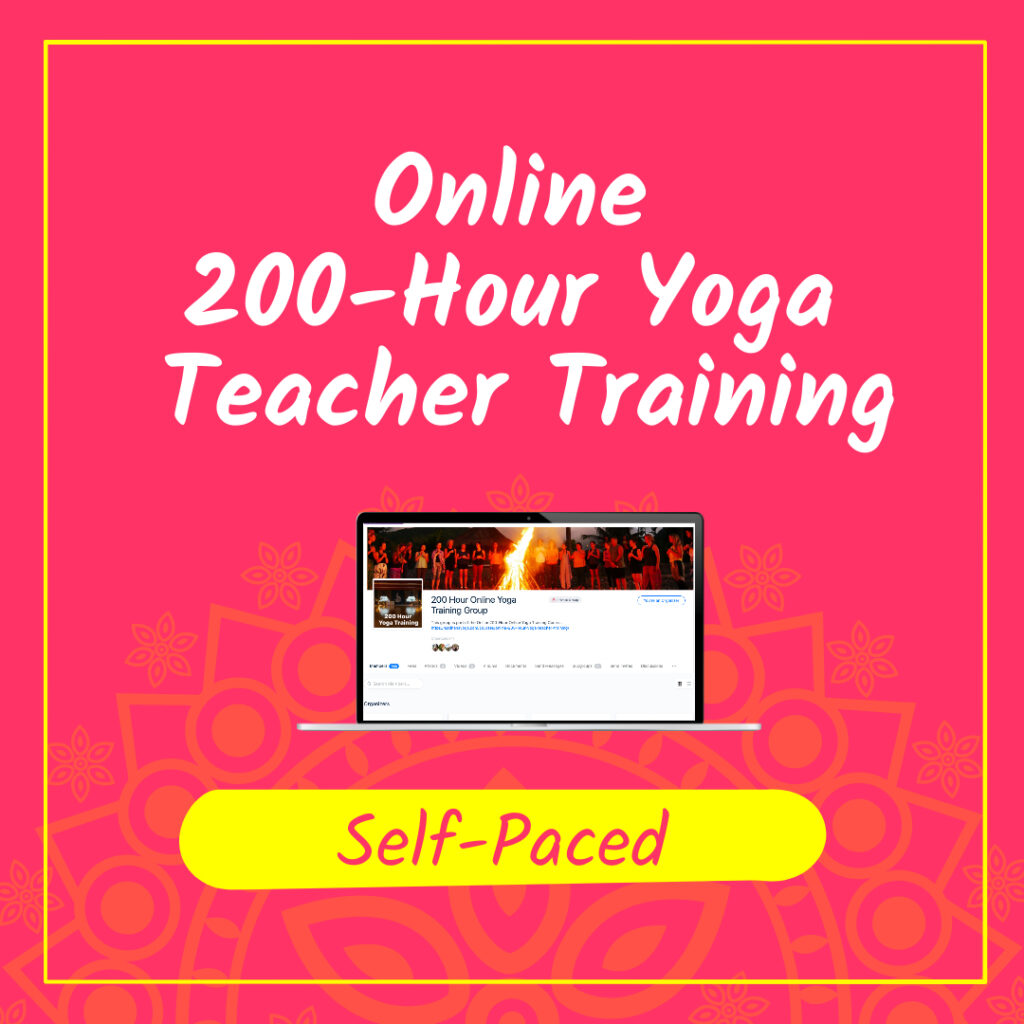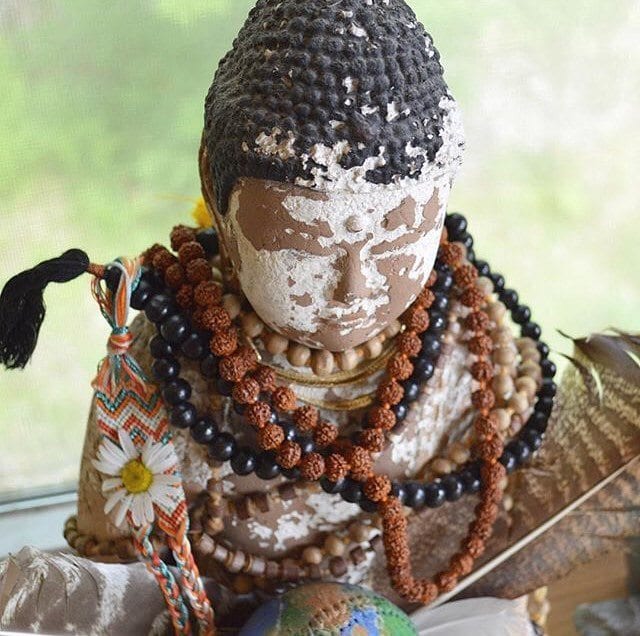Stress Management Part III: Calming the Mind with Breath Control

“The Mind Control the Body, But the Breath controls the mind.”
BKS Iyengar
This is a very popular quote from one of Yoga’s most prolific icons. Its premise is clear and we can use it to focus on the third part of our Stress Management Series, pranayama.
So far, we’ve learned how mindfulness and meditation can help relieve stress, now we are going to focus on the simple thing that every human does every day – breathing or pranayama. Pranayama is formed from two Sanskrit words “Prana,” lifeforce and “Yama”, control, so pranayama can be interpreted as control of life force.
Breathing is, of course, necessary, but it is the type of breathing we do that will determine our stress response. Very often we are focused on the simplest of inhales and exhales, with little attention paid to the actual sensations the breath has on the body beyond giving us life.
In life, we can experience two different types of stress, acute stress, which is short-term and chronic stress which is long-term and relentless.
Acute stress is the reaction to an immediate threat, commonly known as the “fight or flight” response. Once the threat has passed, your levels of stress hormones return to normal with no long-lasting effects. Some degree of acute stress is even considered desirable as it primes your brain for peak performance. (3) Epinephrine (also known as adrenaline) and norepinephrine are stress hormones produced on an as-needed basis in moments of extreme excitement. They help you think and move fast in an emergency. In the right situation, they can save your life.
Cortisol, on the other hand, streams through your system all day long, and that’s what makes it so dangerous. This stress hormone has been called “public enemy #1.” (4) [With chronic stress] excess cortisol leads to a host of physical health problems including weight gain, osteoporosis, digestive problems, hormone imbalances, cancer, heart disease, and diabetes. (5, 6, 7) Cortisol also takes an equally high toll on your brain… When stress becomes chronic, it changes your brain’s function and even its structure down to the level of your DNA.
Source: https://bebrainfit.com/effects-chronic-stress-brain/
Think about the last time you were feeling stressed. How did your body respond? How did you breathe respond? How did it impact your ability to make a decision in that moment?
Often times in a stressful situation we lose the capacity to think with our entire brain, it sounds funny, but it’s true. But just like we can become more mindful and practice daily meditation, we can also begin to incorporate breathing practices into our life so they may act as a companion for stress management.
It is important to remember that pranayama is a lifetime practice and there are many different forms of Pranayama, some is very advanced requiring the tutelage and guidance of a guru to ensure it is done properly and safely. But there are also very basic pranayama practices one can do and incorporate into their day all the time.
When you begin pranayama, it is best to be in a comfortable position, either seated or lying down. Closing the eyes allows you to turn the senses inward which makes the breathing more conscious and intentional which helps us to stay connected to our body and understand the sensations the breath has on the body, mind and spirit. When we are looking around a room, we are being distracted, it is more difficult to really stay completely focused on the breath.
“Pranayama helps control the mind and increase awareness oneself without distraction from the thoughts that constantly bombard our minds. It calms the mind by concentrating on one’s breathing and ultimately going beyond the breath.
Source: http://www.artisticyoga.com/#!Yoga/Pranayama/
One of the first breathing practice to become familiar with is diaphragmic breathing, as explained here in an excerpt from From Conscious Living by Swami Rama
Deep diaphragmatic breathing is primary, something basic, that will help you prepare for pranayama, for higher methods of breathing exercises. Now watch the movement of your abdomen as you breathe. When you push in your abdomen it will help your diaphragm, the healthiest muscle in your body, to push in your lungs which will help you to exhale completely, expelling carbon dioxide. When the abdomen moves outward, it will expand the lungs and create more space for the oxygen. Deep diaphragmatic breathing is very good for your health.
Source: http://www.swamij.com/swami-rama-the-breath.htm
Swami Rama believes that no other pranayama practice can be incorporated until this is mastered. If you are in a supine position you can bring your hands to your belly to feel the rise and fall and experience that deep connection to the body and breath.
From there, balanced breathing, also known as Sama Vritti, is a beautiful and simple breathing practice. It begins with easy, smooth, inhales and exhales, allowing them to get slightly deeper and again, more intentional. The difference is you can begin to add in a counting to the breath, inhale to count of 4, exhale to count of 4. Just like you can use yoga or mantra meditation to distract the mind, counting can help the mind stay focused. You can begin to build these numbers, counting to 8, 12, 16 and so on and so forth.
Similar to balanced breathing, but performed in a different way is Alternate Nostril Breathing, known as Nadi Shoddana, it involves using the thumb and ring finger on both hands. To begin, take several deep breaths, deep inhales and exhales, then press your right thumb against your right nostril and inhale deeply through your left nostril, then close off the left nostril with the ring finger, then exhale through the right nostril. This is a continuous repeating pattern.
Watch this video to learn more and see a demonstration of Nadi Shoddana:
Anuloma Viloma with Anjili from Bryan Russell on Vimeo.
As with all breathing practices, they should be performed for several minutes. When you finish, take some time to allow your breath to return to normal, noticing the changes in your breath and mind.
From there, you can move onto integrating these breathing techniques into your life. On your yoga mat, your breath can help you stay connected to your practice, but using our breath to respond to stress can help us in the “real world” too.
Return to that time when you were feeling stressed. The effect may have caused you to act rashly, say something hurtful or that you didn’t mean, make a decision you now regret, or of a variety of regrettable folly’s that humans make when faced with stress. These kinds of situations are caused by and are the root cause of future stress. It is a vicious cycle that will be repeated again and again unless new habits are formed.
Now imagine if you were in that same situation and you were able to take two or three solid, deep breaths. If you practice your pranayama you will already know what it feels like in your body to breathe deeply; the mind clears, the body releases tension, relaxation takes over. The body wants to return to the state of relaxation and equilibrium, with practice, proper breathing will you to do that quicker and more naturally and this be in control of the situations that cause stress and prevent future stress.
In this state, we are able to respond more clearly and intelligently to stress, to life. Ahhhh.
Recommend0 recommendationsPublished in blog, Uncategorized





Responses